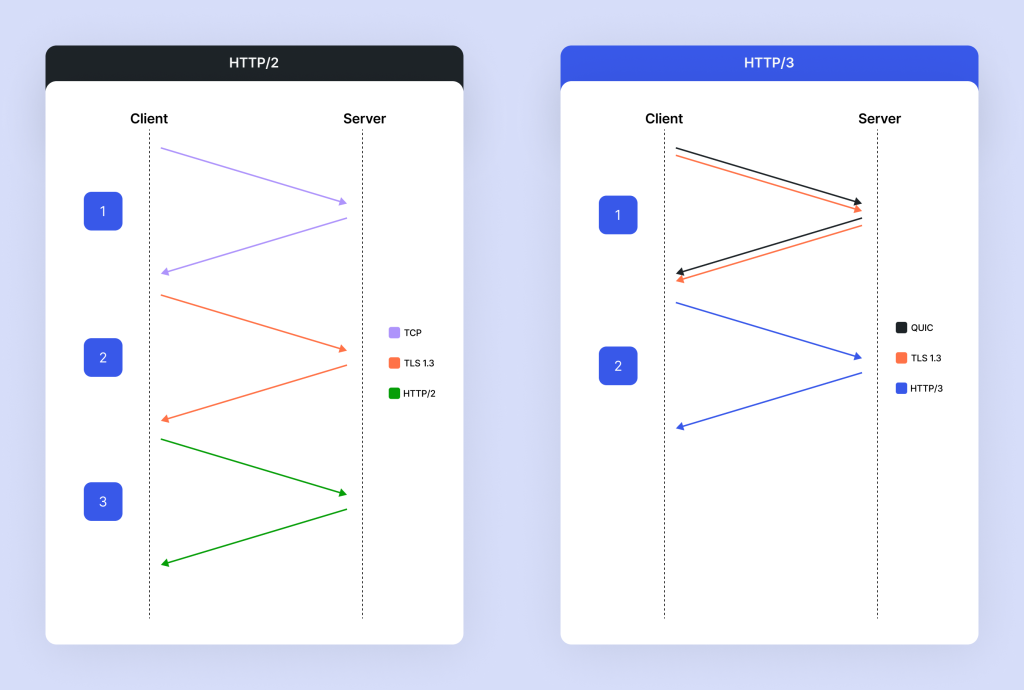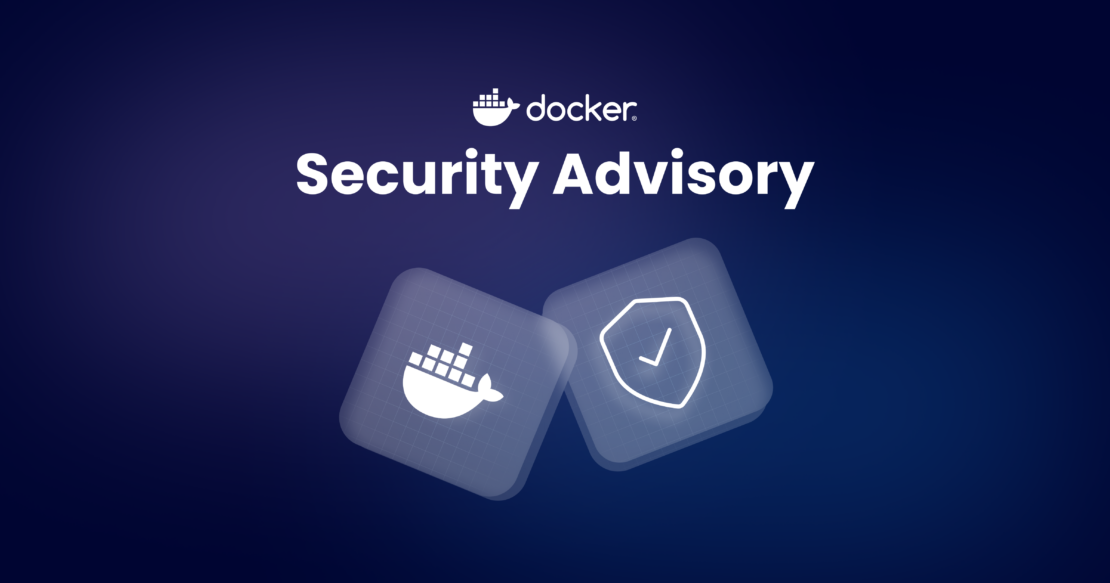We at Docker prioritize the security and integrity of our software and the trust of our users. Security researchers at Snyk Labs recently identified and reported four security vulnerabilities in the container ecosystem. One of the vulnerabilities, CVE-2024-21626, concerns the runc container runtime, and the other three affect BuildKit (CVE-2024-23651, CVE-2024-23652, and CVE-2024-23653). We want to assure our community that our team, in collaboration with the reporters and open source maintainers, has been diligently working on coordinating and implementing necessary remediations.
We are committed to maintaining the highest security standards. We will publish patched versions of runc, BuildKit, and Moby on January 31 and release an update for Docker Desktop on February 1 to address these vulnerabilities. Additionally, our latest Moby and BuildKit releases will include fixes for CVE-2024-23650 and CVE-2024-24557, discovered respectively by an independent researcher and through Docker’s internal research initiatives.
Versions impactedrunc<= 1.1.11BuildKit<= 0.12.4Moby (Docker Engine)<= v25.0.1 and <= v24.0.8Docker Desktop<= 4.27.0
These vulnerabilities can only be exploited if a user actively engages with malicious content by incorporating it into the build process or running a container from a suspect image (particularly relevant for the CVE-2024-21626 container escape vulnerability). Potential impacts include unauthorized access to the host filesystem, compromising the integrity of the build cache, and, in the case of CVE-2024-21626, a scenario that could lead to full container escape.
We strongly urge all customers to prioritize security by applying the available updates as soon as they are released. Timely application of these updates is the most effective measure to safeguard your systems against these vulnerabilities and maintain a secure and reliable Docker environment.
What should I do if I’m on an affected version?
If you are using affected versions of runc, BuildKit, Moby, or Docker Desktop, make sure to update to the latest versions as soon as patched versions become available:
Patched versionsrunc>= 1.1.11BuildKit>= 0.12.5Moby (Docker Engine)>= v25.0.2 and >= v24.0.9Docker Desktop>= 4.27.1
If you are unable to update to an unaffected version promptly after it is released, follow these best practices to mitigate risk:
Only use trusted Docker images (such as Docker Official Images).
Don’t build Docker images from untrusted sources or untrusted Dockerfiles.
If you are a Docker Business customer using Docker Desktop and unable to update to v4.27.1 immediately after it’s released, make sure to enable Hardened Docker Desktop features such as:
Enhanced Container Isolation, which mitigates the impact of CVE-2024-21626 in the case of running containers from malicious images.
Image Access Management, and Registry Access Management, which give organizations control over which images and repositories their users can access.
For CVE-2024-23650, CVE-2024-23651, CVE-2024-23652, and CVE-2024-23653, avoid using BuildKit frontend from an untrusted source. A frontend image is usually specified as the #syntax line on your Dockerfile, or with –frontend flag when using the buildctl build command.
To mitigate CVE-2024-24557, make sure to either use BuildKit or disable caching when building images. From the CLI this can be done via the DOCKER_BUILDKIT=1 environment variable (default for Moby >= v23.0 if the buildx plugin is installed) or the –no-cache flag. If you are using the HTTP API directly or through a client, the same can be done by setting nocache to true or version to 2 for the /build API endpoint.
Technical details and impact
CVE-2024-21626 (High)
In runc v1.1.11 and earlier, due to certain leaked file descriptors, an attacker can gain access to the host filesystem by causing a newly-spawned container process (from runc exec) to have a working directory in the host filesystem namespace, or by tricking a user to run a malicious image and allow a container process to gain access to the host filesystem through runc run. The attacks can also be adapted to overwrite semi-arbitrary host binaries, allowing for complete container escapes. Note that when using higher-level runtimes (such as Docker or Kubernetes), this vulnerability can be exploited by running a malicious container image without additional configuration or by passing specific workdir options when starting a container. The vulnerability can also be exploited from within Dockerfiles in the case of Docker.
The issue has been fixed in runc v1.1.12.
CVE-2024-23651 (High)
In BuildKit <= v0.12.4, two malicious build steps running in parallel sharing the same cache mounts with subpaths could cause a race condition, leading to files from the host system being accessible to the build container. This will only occur if a user is trying to build a Dockerfile of a malicious project.
The issue will be fixed in BuildKit v0.12.5.
CVE-2024-23652 (High)
In BuildKit <= v0.12.4, a malicious BuildKit frontend or Dockerfile using RUN –mount could trick the feature that removes empty files created for the mountpoints into removing a file outside the container from the host system. This will only occur if a user is using a malicious Dockerfile.
The issue will be fixed in BuildKit v0.12.5.
CVE-2024-23653 (High)
In addition to running containers as build steps, BuildKit also provides APIs for running interactive containers based on built images. In BuildKit <= v0.12.4, it is possible to use these APIs to ask BuildKit to run a container with elevated privileges. Normally, running such containers is only allowed if special security.insecure entitlement is enabled both by buildkitd configuration and allowed by the user initializing the build request.
The issue will be fixed in BuildKit v0.12.5.
CVE-2024-23650 (Medium)
In BuildKit <= v0.12.4, a malicious BuildKit client or frontend could craft a request that could lead to BuildKit daemon crashing with a panic.
The issue will be fixed in BuildKit v0.12.5.
CVE-2024-24557 (Medium)
In Moby <= v25.0.1 and <= v24.0.8, the classic builder cache system is prone to cache poisoning if the image is built FROM scratch. Also, changes to some instructions (most important being HEALTHCHECK and ONBUILD) would not cause a cache miss. An attacker with knowledge of the Dockerfile someone is using could poison their cache by making them pull a specially crafted image that would be considered a valid cache candidate for some build steps.
The issue will be fixed in Moby >= v25.0.2 and >= v24.0.9.
How are Docker products affected?
The following Docker products are affected. No other products are affected by these vulnerabilities.
Docker Desktop
Docker Desktop v4.27.0 and earlier are affected. Docker Desktop v4.27.1 will be released on February 1 and includes runc, BuildKit, and dockerd binaries patches. In addition to updating to this new version, we encourage all Docker users to diligently use Docker images and Dockerfiles and ensure you only use trusted content in your builds.
Docker Build Cloud
Any new Docker Build Cloud builder instances will be provisioned with the latest Docker Engine and BuildKit versions after fixes are released and will, therefore, be unaffected by these CVEs. Docker will also be rolling out gradual updates to any existing builder instances.
Security at Docker
At Docker, we know that part of being developer-obsessed is providing secure software to developers. We appreciate the responsible disclosure of these vulnerabilities. If you’re aware of potential security vulnerabilities in any Docker product, report them to security@docker.com. For more information on Docker’s security practices, see our website.
Advisory links
Runc
CVE-2024-21626
BuildKit
CVE-2024-23650
CVE-2024-23651
CVE-2024-23652
CVE-2024-23653
Moby
CVE-2024-24557
Quelle: https://blog.docker.com/feed/




